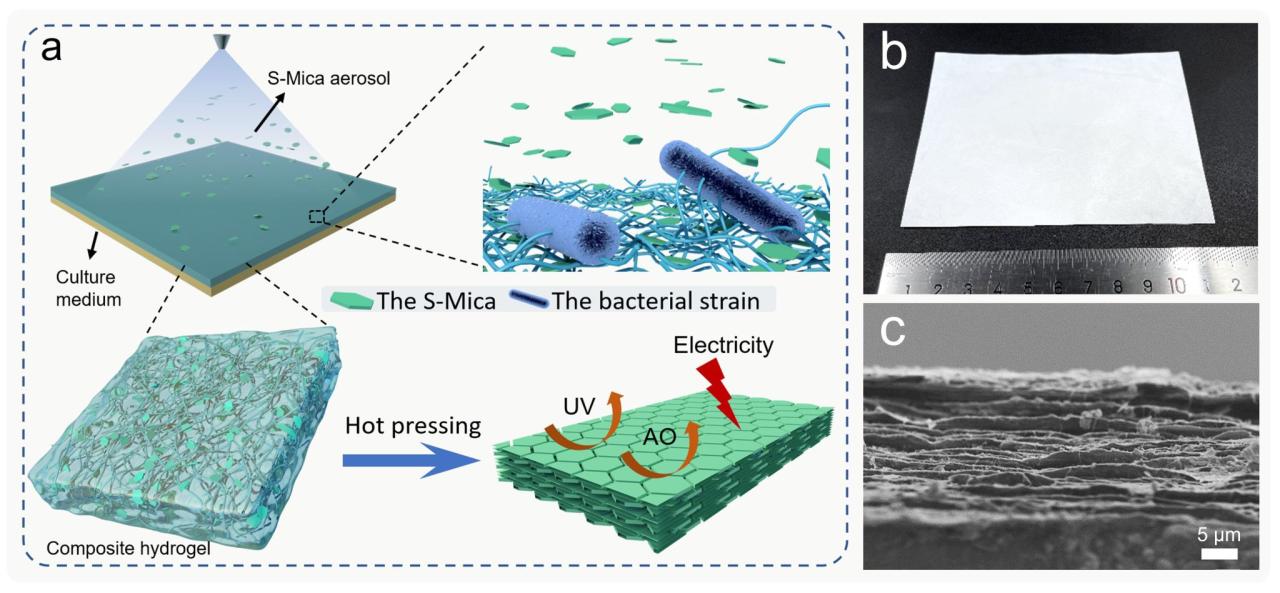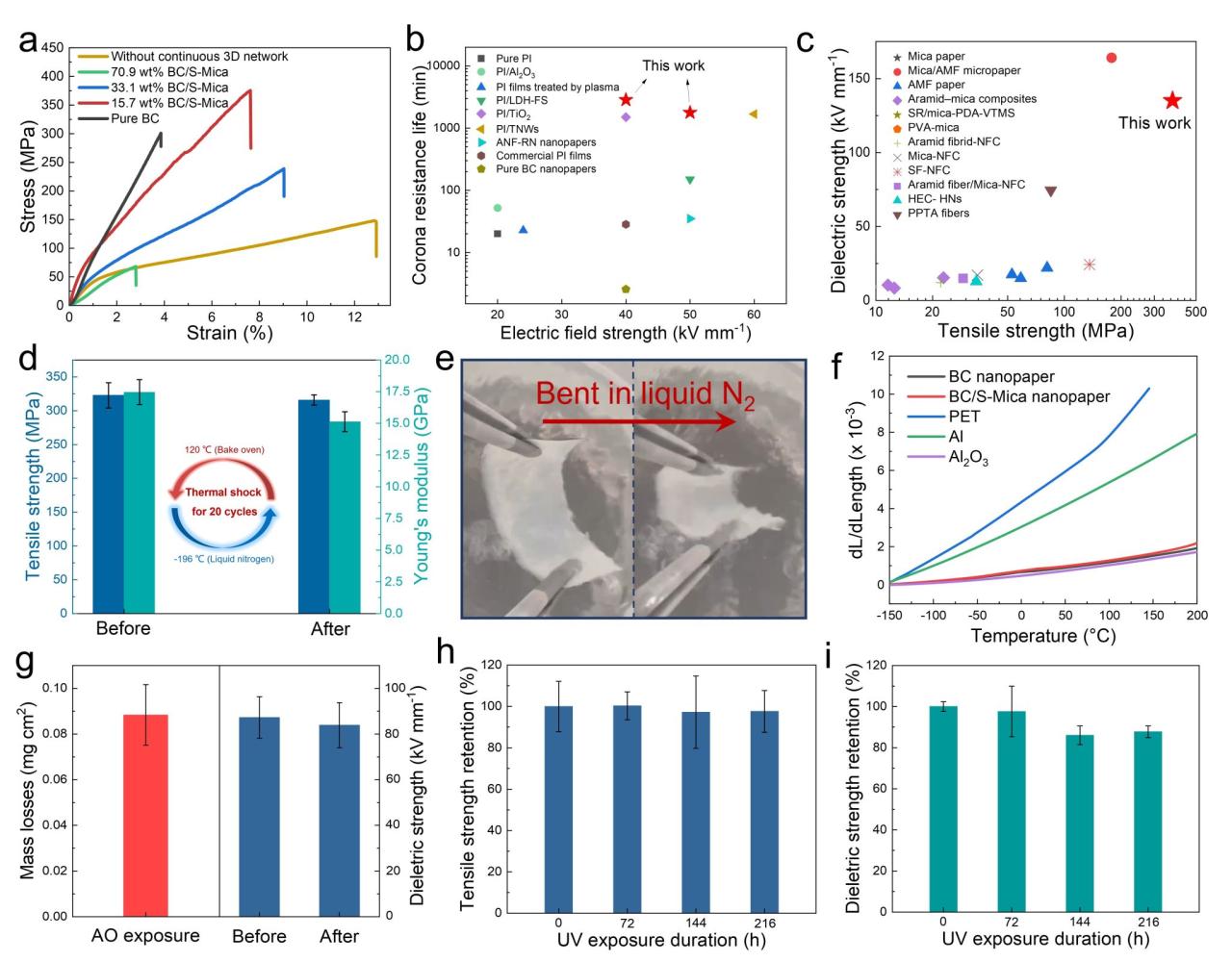As human exploration of extreme environments such as Antarctica, the Moon, and Mars progresses, the ever-present extreme environmental conditions, including strong ultraviolet (UV) environments, atomic oxygen (AO), and alternating high and low temperature environments, have become major obstacles to future exploration. In these extreme environments, the physicochemical properties of materials can change and, in severe cases, even cause damage to critical equipment and devices. Among traditional materials, metals and ceramics inherently have excellent mechanical properties and tolerance to extreme environments, but metal materials face problems of high density and excessive weight, while ceramic materials face problems such as brittleness and difficulty in processing. On the other hand, although polymers are lightweight and moldable, most current polymer-based composites suffer from high-temperature softening and low-temperature brittleness in long-term service in extreme environments. Therefore, the design and preparation of a high-performance protective material that can serve in extreme environments for a long time is one of the challenges facing the materials field.
Recently, the team of Yu Shuhong, a member of the Chinese Academy of Sciences and professor at the University of Science and Technology of China, reported a high-performance cellulose-based nanopaper material that can maintain excellent mechanical and electrical insulation properties under extreme conditions. The nanopaper was obtained by an aerosol-assisted biosynthesis (AABS) method developed earlier by the team, using bacterially produced cellulose nanofibers (BC) to entangle the synthetic mica (S-Mica) dispersed in the material in a uniform and tight manner. The results were published in Advanced Materials as Nacre-inspired bacterial cellulose/mica nanopaper with excellent mechanical and electrical insulating properties by biosynthesis. The results were published in Advanced Materials.

Figure 1 Preparation and structure of the composite nanopaper. (a) Schematic diagram of the construction process of the biosynthesized composite nanopaper; (b) digital photograph of the nanopaper; (c) the mother-of-pearl-like “brick-and-mud” structure of the nanopaper.
The researchers used the AABS strategy to uniformly load synthetic mica nanosheets into the composite hydrogel with bacterial cellulose, and then obtained the final nanopaper material with mother-of-pearl-like structure by hot pressing (Figure 1). Thanks to the fine “brick-mud” structure of the nanopaper, the obtained nanopaper exhibited excellent mechanical properties such as high strength (~375 MPa), high modulus (~14.9 GPa), high toughness (~16.44 MJ m -3), foldability and flexural fatigue resistance. At the same time, the “brick-mud” structure inside the material makes full use of the high dielectric strength of mica, which gives the nanopaper a high electric breakdown strength (145.7 kV mm -1). Compared with the pure cellulose nanopaper, the composite nanopaper has a significantly higher corona resistance lifetime, even exceeding that of commercial polyimide (PI) films.

Figure 2 Comprehensive performance of nanopaper. (a) Characterization of mechanical properties of nanopaper; (b-c) Comparison of comprehensive properties of nanopaper with insulating materials in literature; (d) Comparison of mechanical properties of nanopaper before and after thermal vibration; (e) Photograph of nanopaper bending in liquid nitrogen; (f) Coefficient of thermal expansion of nanopaper; (g) Characterization of tolerance of nanopaper to atomic oxygen; (h-i) Characterization of tolerance of nanopaper to UV light.
In addition, the BC/S-Mica nanopaper reported in this study still exhibits excellent comprehensive performance under extreme conditions such as alternating high and low temperatures, UV and atomic oxygen AO, which provides a good choice of protective materials for future exploration of extreme environments.
The related research work was supported by the National Natural Science Foundation of China, the National Key Research and Development Program, the Collaborative Innovation Program of Chinese Universities and the Key Research and Development Program of Anhui Province, etc.